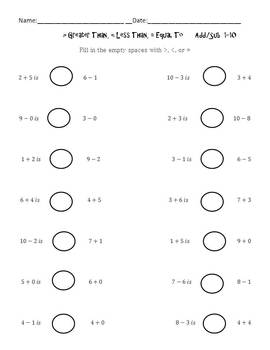
The inequality 'less than' means that some variable or number can have any value that is less than the given limit, not more than that or equal than that limit, but the inequality 'less than or equal to' states that the number or variable can be equal or less than the given limit. The inequality 'less than' is represented by the symbol < whereas the inequality 'less than or equal to' is represented as ≤. What is the Difference Between Less Than and Less Than or Equal To? For example, a ≤ 2, x + y ≤ 6, p ≤ 6q+8, etc. Less than or equal to is used to express an inequality where a variable or an expression could be less than or equal to a number, variable, or expression. It can also be expressed as at most, no more than, a maximum of, and not exceeding. 'Less than or equal to', as the name suggests, means a number is either less than or equal to another number. Less than or equal to in math means that you can't have more than something, you must have either less than or equal to the given limit. So if we want to write x is less than or equal to 6, we write it as x ≤ 6, which means that x can have any value from negative infinity to 6 but not more than 6.

Less than or equal to is represented by the symbol ≤. Same negative numbers can either be multiplied or divided on both sides of an inequality and the sign of inequality gets reversed.įAQs on Less than or Equal to How Do You Type Less Than or Equal To?.Same positive numbers can either be multiplied or divided into both sides of an inequality without changing the sign of inequality.Same numbers can either be added or subtracted on both sides of an inequality without changing the sign of inequality.
#Greater than less than equal to math problems how to#

To denote these, we use the closed circle to mark the limit value and point the arrow towards the given condition of inequality. Inequalities like less than or equal to and greater than or equal to are represented in a different way on a number line.


 0 kommentar(er)
0 kommentar(er)
